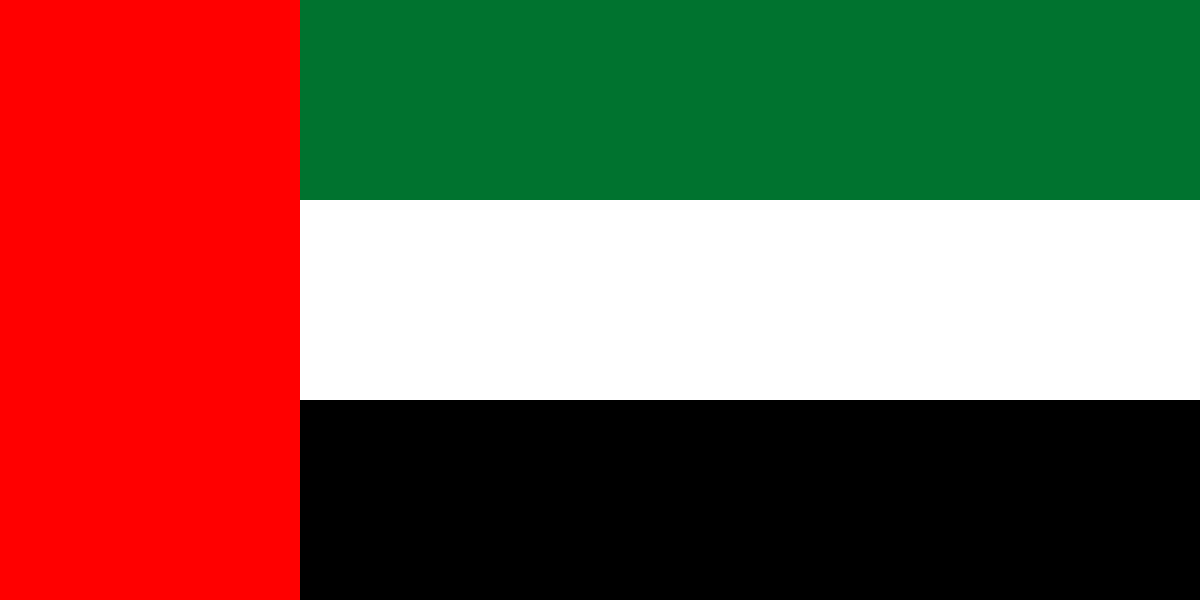UAE’s Solar Surge Fuels Global Clean-Energy Drive
Hyphen Web Desk

Domestically, the Al Dhafra Solar PV project near Abu Dhabi, boasting a capacity of 2 GW, remains one of the world’s largest single‑site solar power plants and significantly bolsters the UAE’s installed solar capacity to well over 5 GW. This facility, inaugurated in November 2023, established a new benchmark for low‑cost solar output. Meanwhile, the Mohammed bin Rashid Al Maktoum Solar Park in Dubai continues its rapid rollout, with additional phases—from 950 MW to 900 MW—under development, ultimately targeting a cumulative capacity of 5 GW by 2030.
Masdar, the Abu Dhabi Future Energy Company, is expanding its global footprint with a suite of renewable energy endeavors. Projects include a 1 GW solar-plus-battery hub valued at approximately $6 billion, aimed at delivering uninterrupted clean energy supplies.
Internationally, the UAE is financing and developing multiple solar projects across Africa and beyond. The Abu Dhabi Fund for Development has underwritten a 6.3 MW plant in Moroni, Comoros, with AED 25.7 million, addressing fossil fuel reliance and improving energy access. In Togo, Dubai-based AMEA Power developed the 50 MW Blitta Solar Power Station—also known as the Mohamed Bin Zayed Power Station—with backing from ADFD and other partners; expansion and storage enhancements are underway. The Seychelles hosts the Ile de Romainville Solar Park, likewise financed by ADFD and delivered by Masdar.
Across Africa more broadly, the UAE has committed USD 110 billion in investments, with USD 72 billion directed specifically toward renewable energy projects—a sum that now outpaces contributions from traditional partners like China, France, and the UK.
The UAE’s strategic stance is further reinforced by international finance partnerships. It now deploys “gigascale” solar-plus-battery facilities—integrating sophisticated Chinese-made energy storage systems to enable 24‑hour power supply; one such project incorporates 19 GWh of battery capacity, recognized as Masdar’s most ambitious to date.
Aligning with its long‑term vision, the UAE is targeting a 44 percent share of clean energy in its power mix by 2050. Its Energy Strategy 2050 further aims to triple renewable energy capacity by 2030, with projected investment ranging from AED 150 to 200 billion. Underlining its environmental commitments, the UAE has pledged a 47 percent reduction in greenhouse gas emissions by 2035 against 2019 levels, integrating civil nuclear, solar, and waste‑to‑energy systems into its energy transition.
On the corporate front, TAQA, the Abu Dhabi National Energy Company, generated AED 28.4 billion in revenue during the first six months of 2025, driven by utilities and strategic infrastructure investments, reaffirming its alignment with clean energy expansion and grid resilience. In the UK, renewable supplier Good Energy has agreed to a near‑£100 million acquisition by Esyasoft, a Dubai‑based firm linked to Abu Dhabi’s ruling family. The move is expected to enable international expansion of solar installation services.
The UAE’s integrated pursuit of large-scale solar capacity domestically, its export of renewable infrastructure financing, and high-capacity storage projects signal a cohesive strategy to accelerate the global energy transition — positioning itself as a pivotal hub for green energy development and investment.
Labels:
#Syndication
Share:
